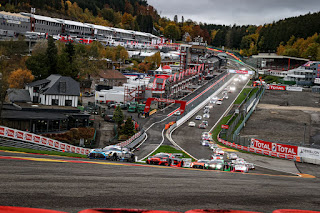Agilitee rolls out Africa mobility plan
With parts imported from India and the products assembled locally ahead of planned rollout of a full manufacturing facilitiy, Agilitee Africa is on the road to provide greener energy mobility solutions to Africa and beyond.
The company is a manufacturer and reseller of electric motorcycles, car charging facilities as well as related products on the African continent.
Agilitee has partnered with eBikeGo Private Limited, India’s largest smart electric mobility platform which offers an electronic mode of transportation in India, to produce and distribute electronic motorcycles in Africa.
eBikeGo Private Limited is innovative and competitive with expertise in producing quality products for the EV market in India. The company is well-positioned with operations in Mumbai, Bengaluru, Delhi, Amritsar, Jaipur, and Hyderabad to capture a 10% share of India’s two-wheeler market by 2022.
This will also see a massive rollout of training and transfer of skills to young aspiring entrepreneurs.
“The future belongs to those who stay conscious in the present moment and realise their decision plays an impact on the future of their children. Innovation is the key to success, but sustainability is the answer to carry us to the future,” said Kriekie Du Plessis Agilitee Chairperson.
(For a full interview with Ms Du Plessis and COO, Boni Roberts, click on Podcasts at www.colin-on-cars.com – Ed)
This partnership aims to tackle the reality of climate change and the high cost of fuel coupled with the need for a cost-efficient mode of transport on the African continent. The venture will contribute to minimising air pollution, creating employment and in the long term, contribute to the revival of the African economy amidst the Covid-19 pandemic.
According to Dr Mandla Lamba, CEO of Agilitee, this is the catalyst for clean energy solutions and carbon reduction in Africa.
“Our passionate and agile team are pioneering, researching, importing, assembling, manufacturing and franchising electric vehicle and motorbike technology, including battery swapping stations and solar charging facilities across the continent.”
Agilitee’s vehicles are sustainable, products that are environmentally friendly and cost-effective. The ‘LoadEx’, Agilitee’s first delivery motorcycle, will retail for R35 000, which includes an efficient battery with a capacity of 160 km. The Wild Grace, designed for private use, carries a 330 km efficient battery.
The ‘Wild Grace’ and the ‘RTF’ (Return to Freedom) will retail at R175 000 and R55 000 which includes the maintenance plan and three-year warranty and servicing for all motorcycles. Agilitee will also introduce another delivery scooter , that will retail at R11 000 set out for the SME ‘S (small-to-medium enterprise), later in the year with the first pre-orders to roll out in June 2021.
The company is also developing its assembly plant which is expected to be operational by 2022. The plant is set to be transformed into a comprehensive manufacturing plant within six months to enable all products sold to be 100% proudly South African.
The company has partnered with two of South Africa’s biggest banks, ABSA and Capitec which will provide financing of the motorcycles for all interested potential consumers and customers. Agilitee have also included a rent to buy option for the RTF, mainly targeted to students starting at R1 300 per month.




























